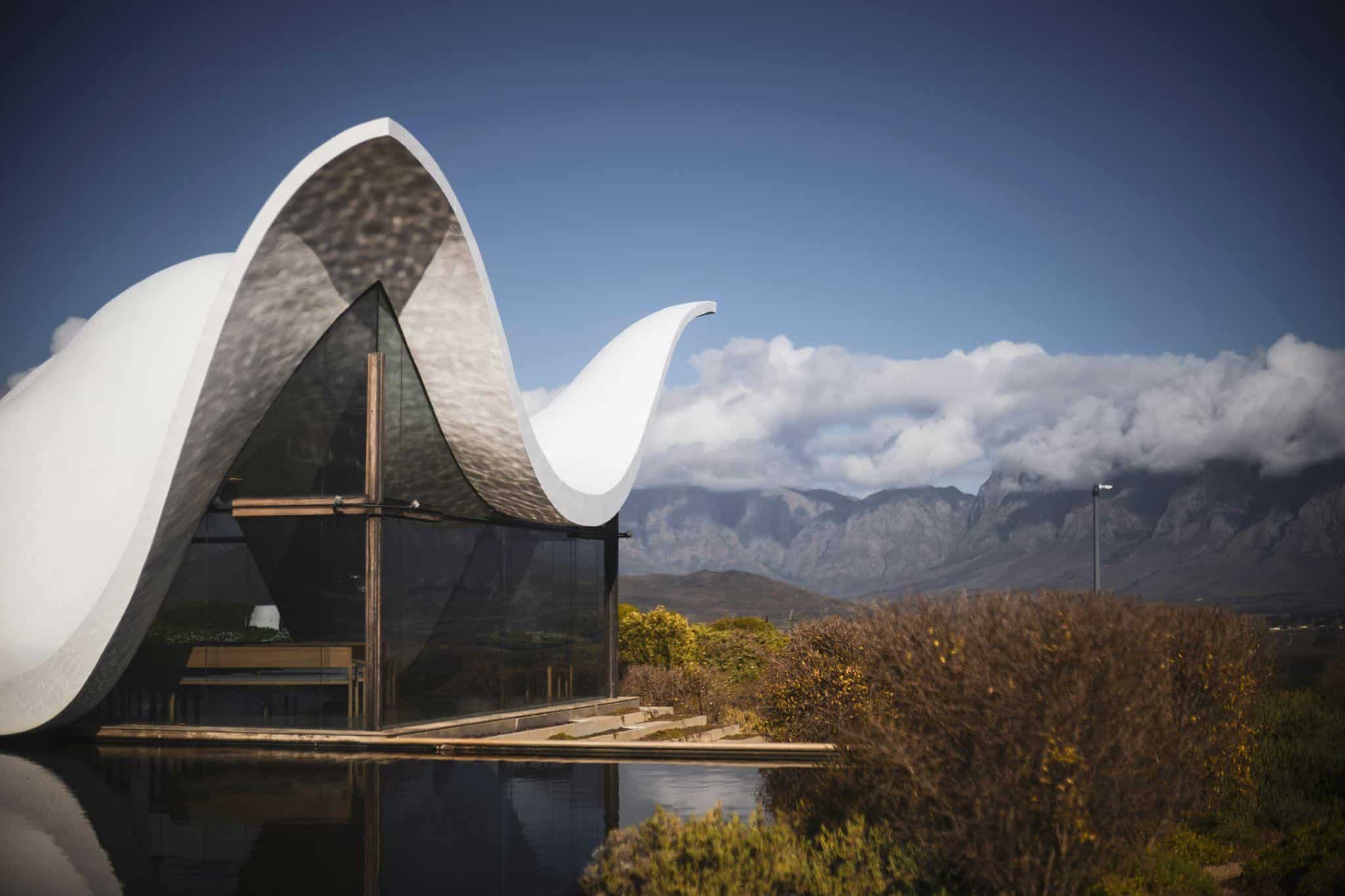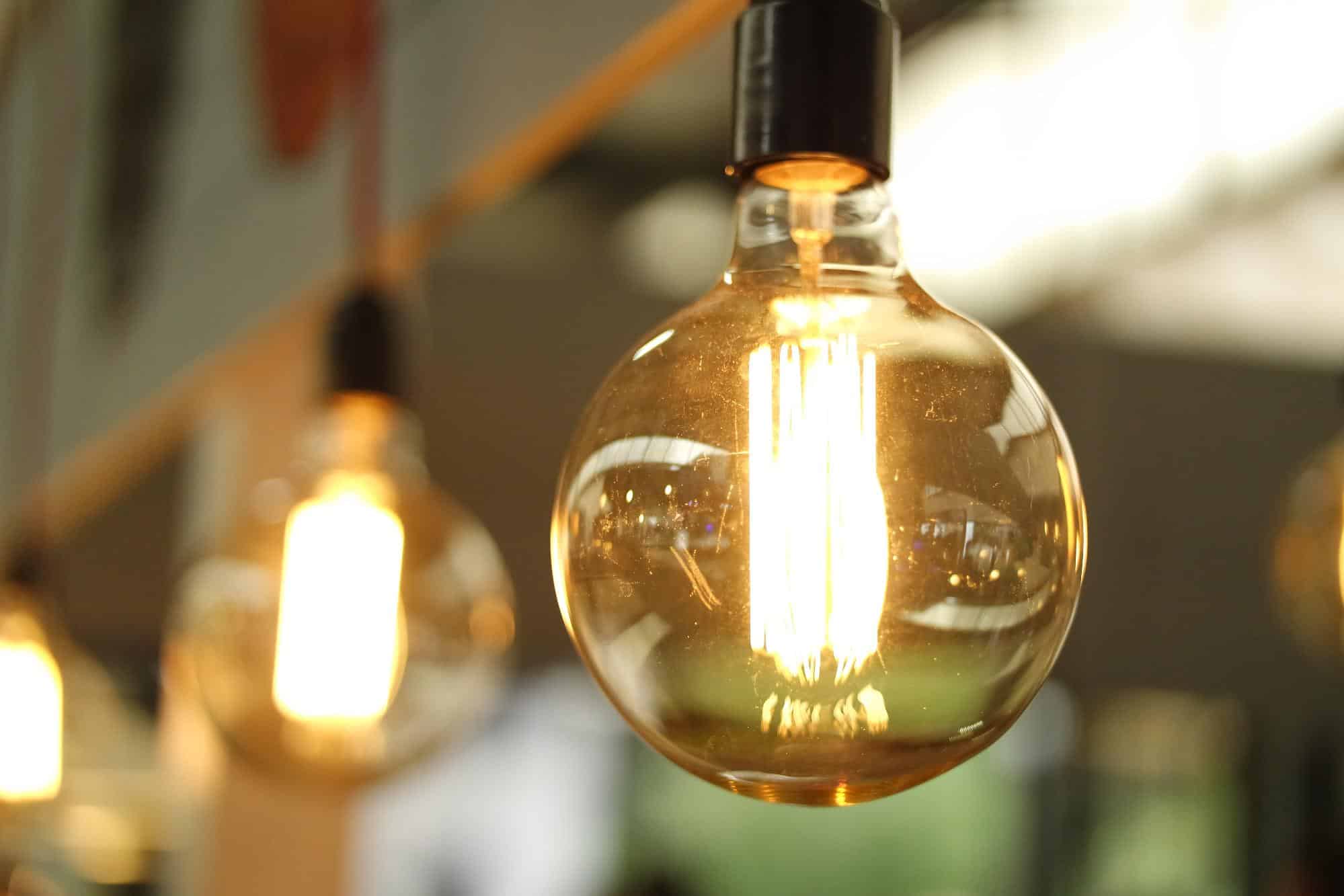Top 5 Sustainable Technologies for Biophilic Design
In the world of interior design, we’re always looking for ways to blend beauty with functionality. Another increasingly important aim has also been sustainability. Considering this, you may ask, can we keep our design beautiful and functional while also adding a little sustainability to it?
We’re being faced with more and more ecological issues and concerns, and at the same time, we continuously lack a natural environment, whether it be bright sunlight, a fresh breeze, or just the sight of open green fields. That’s where biophilic design comes in—a design philosophy that seeks to connect our inherent need to connect with nature in the modern built environment.
In this article, we’ll explore five amazing technologies that can make your space not just more natural and beautiful but also smarter and more sustainable.
Before we jump into that, we want to highlight that it’s advisable to ensure all smart technology devices you use in your home are private and secure. This means using updated versions of software and applications and also securing your online connection.
There are several ways to safeguard your online privacy. For example, you can buy CyberGhost VPN, which encrypts your connection and hides your IP address, protecting the connection between your smart home devices and central hub so you can manage them safely, without worrying about potential cyberattacks.
Top 5 Technologies for Biophilic Interior Design:
1. Smart Glass Windows
If you’re wondering what smart glass windows are, they are windows that adjust their tint based on the brightness of the day. Not only do they save energy by reducing the need for artificial lighting, but they also protect your indoor plants from those harsh midday sunbeams.
Smart glass technology like Smart Glass Country allows you to enjoy natural light without the downsides, creating a perfect bond between your indoor haven and the natural world outside. Plus, they’re a blessing for privacy without resorting to heavy curtains or blinds!
2. Automated Indoor Gardening Systems
For many of us, keeping plants alive indoors can be as tricky as solving a math equation. Here enter automated indoor gardening systems! These clever setups take care of watering, feeding, and lighting, all adjusted to the specific needs of your indoor flora.
Whether you’re cultivating a lush fern or a small herb garden, these systems ensure your plants thrive with minimal effort. It’s like having your own personal gardener available to you at all times.
3. Energy-Efficient HVAC Systems with Biofilters
Heating, ventilation, and air conditioning (HVAC) systems aren’t just about keeping you cozy. The latest models can actually improve indoor air quality and reduce energy consumption.
Equipped with biofilters, they regulate temperature and keep the quality of the air by removing pollutants and allergens. This technology keeps your living space closer to the natural, clean air you’d find on a refreshing forest walk, making it a groundbreaking element in biophilic design.
4. Solar-Powered Lighting
Solar power is becoming more and more applicable in home design, both interior and exterior. Solar-powered lighting solutions can be integrated into home design to provide a low-energy, sustainable way to illuminate your space.
From solar-powered floor lamps to LED fixtures that store solar energy, these lighting options reduce your carbon footprint while keeping your space bright and inviting. Plus, they come in designs that can underline any room’s natural elements.
5. Augmented Reality (AR) for Virtual Landscaping
This may sound contradictive, but sometimes, the best way to bring nature into your home is through a little bit of artificial intelligence, or in this case, augmented reality. AR can project virtual landscapes onto your walls or floors, making it feel like you’re looking out over a mountain range or lying in a field of wildflowers.
Companies like Magic Leap and Microsoft have been especially successful in this type of technology. AR for virtual landscaping is perfect for urban environments where actual green space might be limited, providing a digital yet intrinsic connection to nature.
Lastly, the technologies mentioned above aren’t just about keeping up with trends – it’s important you create a space that feels naturally yours, while at the same time you keep respecting the planet you share with others. Sustainable technologies in biophilic design check for both of these requirements: they can not only improve the aesthetics of your home but also contribute to your well-being and the Earth’s health.
So why not embrace a design philosophy that brings the best of the outdoors, indoors? Your design journey might just lead you to a greener, happier home!







